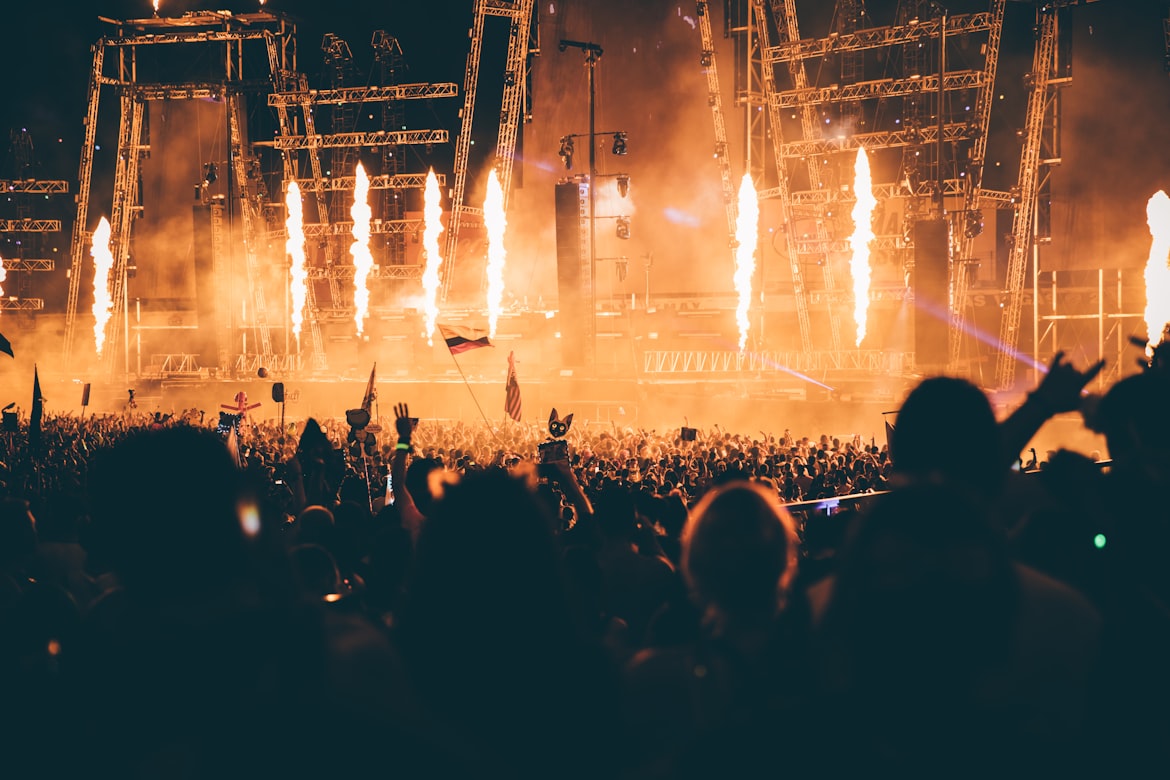Picture this: the sun has just dipped below the horizon, casting a dusky hue across the outdoor arena. A sea of fans buzzes with anticipation, phones shimmering like fireflies as the opening act bursts onto the stage. The pulsing beats of the music blend with the electrifying energy in the air, while vibrant lights flit across the crowd like stars igniting in the night sky. This is a live concert—a magical experience that seems frozen in time, yet it’s constantly evolving, morphing into realms previously unimagined.
If you’ve been to a concert in the last couple of years, you might have sensed that something was different. For one, there’s an undeniable wave of creativity sweeping through performances. Artists are no longer just belting out tunes; they’re crafting multisensory experiences. You might catch an entire narrative unfold through a combination of visuals and sound, incorporating elements like augmented reality. Imagine putting on 3D glasses and witnessing animated backdrops that respond to the music, drawing you deeper into the artist’s world. This push for immersive experiences has opened up a new frontier in music performance, making every concert feel like an event that transcends mere listening.
Then there’s the impact of technology. A decade ago, concerts relied heavily on traditional sound systems and lighting rigs, but today, we’re seeing a glorious fusion of technology and artistry. The advent of live-streaming means that no one truly has to miss out on a concert. In the wake of global events that kept physical gatherings at bay, many artists took to platforms like YouTube and Twitch, giving fans an opportunity to experience live shows from the comfort of their homes. Now, we talk about hybrid concerts—where a live audience interacts with virtual fans, merging the energy of being in the crowd with the convenience of digital access. Tuning into a live-stream just isn’t the same as being there surrounded by fellow diehard fans, but there’s something special about feeling like you’re still a part of the moment, no matter where you are.
Beneath all of this innovation, we also see a shift in audience dynamics. Fans, especially the younger generation, are no longer passive spectators; they’ve transformed into active participants. From the way they engage with performers on social media before, during, and after shows to how they capture and share experiences in real-time, the connection between artists and audiences has grown tremendously. Sometimes you’ll even see spontaneous collaborations during shows, as artists respond to the vibe of the crowd. It’s this relationship-building that sets the tone for a performance, turning each concert into a uniquely shared experience.
Sustainability is another topic that’s taking center stage in the concert experience. With a growing awareness around environmental issues, many artists and venues are adopting eco-friendly practices. From using solar power to fuel stages to offering vegan food options and encouraging fans to use public transport, there’s a palpable movement towards making live music more sustainable. Fans are also empowered to voice their values through their choices, making it clear that they’re not just there for the show—they’re there for the bigger picture.
As we indulge in these thrilling evolutions, we cannot overlook the essence of live music—the raw connection that lingers in the air long after the last note has faded. No matter how advanced technology gets, the magic of seeing your favorite artist perform their heart out, feeling the bass reverberate through your chest, and bonding with strangers over shared lyrics will always hold a special place. The excitement fills us with hope, as it signals that the live concert will continue to adapt and thrive, forever keeping its core of unfiltered expression, community, and joy alive.

